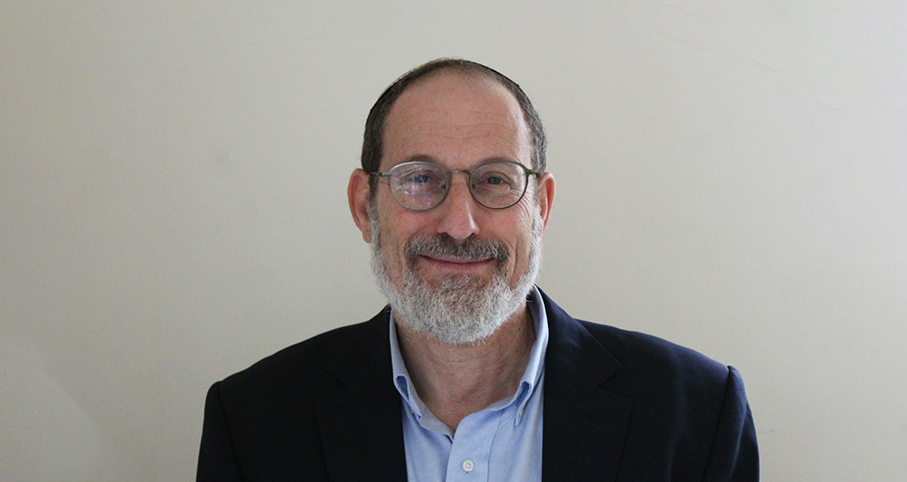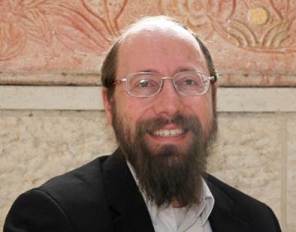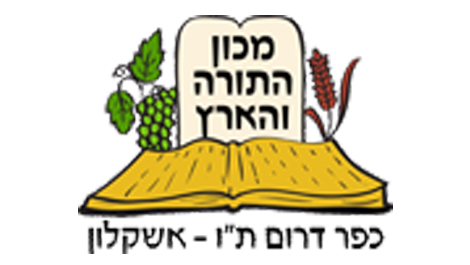Ask the Rabbi
Question
I would like to know what is the Halacha regarding putting photo frames of great Rabbis, prophets, sages in one’s home. for example of Eliyahu Hanavi, Rabbi Shimon, Baba Sali etc. What also is the belief behind praying on the graves of such learned persons of righteous memories.
I have given charity many a times to such organisations & I have received such photo frames. Please clarify
Answer
Shalom Isaac,
There is an obvious difference regarding Jewish heroes like Eliyahu Hanavi and Rabbi Shimon Bar Yochai, whom we don't know how they looked, which are clearly wrong to hang. Each artist draws them according to their own imagination; some may even look frightening or unappealing or may simply make a negative impression upon certain viewers, especially children. The Tanach purposely wants us to be free to subjectively imagine our heroes as each of us associates with those positive attributes (for example, many may subconsciously imagine them as a beloved local rabbi or grandfather), which will enable and even encourage us to identify and want to emulate them. This is not to say that one isn't allowed to buy illustrated Jewish history books, yet nevertheless, there is a certain problem (especially regarding heroes from the Tanach), and one should be careful and check out the pictures beforehand (especially outside of Israel, where the artist may even draw with a Christian slant!).
On the other hand, regarding heroes that we know how they looked, Yishayahu (30, 20) tells us "your eyes should see your teachers", and our rabbis teach us that one of the things that prevented Yosef from sinning with Potifar's wife, was that he imagined seeing his father Ya'akov's face, and it kept him on his "best behavior" (Pirkei d'R. Eliezer, 38). The sfaradim and Chassidim have practiced this custom for generations, as do many followers of Rav Kook, and it is generally viewed positively. It also states clearly and concretely to ourselves and to our children, what ideals we value and wish to emulate. In addition, it promotes, both consciously and subconsciously, respect towards our rabbis and encourages us to follow their teachings and decisions. On the other hand, it should be made clear to children that we wish to emulate the actions and traits of our heroes in our own lives and in our own personal way, and not to get "hung-up" on impersonating their physical hair-cut or type of shirt or kippa!
It is similarly mentioned in rabbinic sources to pray by the graves of the righteous (like Calev did by the Ma'arat Hamachpela, Sotah 34b), yet one must be careful to pray there to Hashem, hoping that the merits of the righteous will be add to those of our own, or that the tzaddikim should also pray to Hashem to help you, and not chalila, to think that the tzaddikim themselves can answer prayers. In general, Judaism encourages having as direct a connection with G-d as possible, and not to go through intermediaries.
I will just mention that when R. Shlomo Zalman Aurbach zt"l was asked to daven for someone who was dangerously sick, he would pray at mount Herzl, by the graves of Israeli soldiers who gave their lives for Am Yisrael and Eretz Yisrael. Such pictures would also be worthy of hanging as well, for the aforementioned reasons.
With Love of Israel,
Rav Ari Shvat

Songs and soundtracks.
Rabbi Yoel Lieberman | Kislev 11, 5786
can stolen money be be used for donation?
Rabbi Daniel Kirsch | Av 6, 5781





